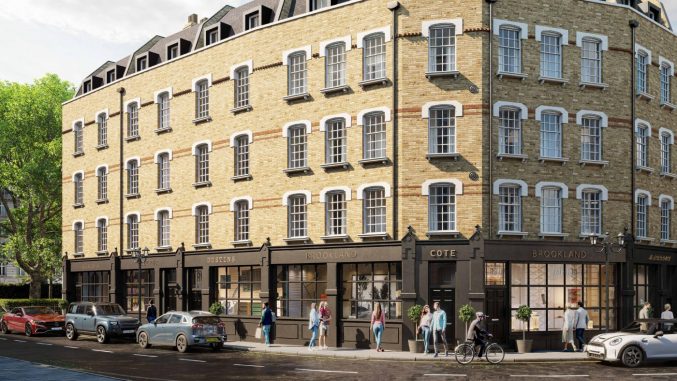When is the right time to consider a bridging loan?
By Bridging Loan Directory
Increasingly property investors are turning to short-term finance to bridge a gap.
Findings from the most recent ‘Bridging Trends’ report show that bridging loans are most commonly used by investors to purchase investment property and expand their portfolios.
Bridging loans are a great solution when property investors are looking to raise finance, but they can be riskier than other forms of finance.
They usually run from 6-12 months and provide fast and flexible form of funding that enable investors to source short-term finance, when they are under pressure for time.
Bridging is usually available for up to 75% loan to value and has variable rates and application, administration, broker and exit fees.
Unlike a traditional bank loan for mortgage, the monthly interest is often rolled into the loan, so there are no repayments to make during the term of the loan.
However, bridging loans are more expensive than traditional mortgages. Although rates are dropping, standard buy-to-let mortgages are still by far the most economical for property investors.
Costly charges apply if a loan needs to be extended at the end of its term and failure to repay the loan, could eventually lead to repossession and significant costs.
It’s vital that all finance options are considered before proceeding with a bridging loan and that specialist advice from a bridging broker is taken on board.
The best time to consider a bridging loan is when property investors need to:
- Consolidate borrowing into one place, until a sale is achieved – investors may also want to sell a property at the end of their mortgage term and need short-term funding to acquire an additional property
- Support short-term business cashflow while obtaining planning permission to convert a property from commercial to residential use
- Grow and diversify a buy-to-let portfolio – use bridging finance to leverage capital
- Purchase a property at auction – a bridging loan can be processed in 2-6 weeks versus a traditional buy-to-let mortgage and which will take 10-12 weeks
- Raise capital on existing assets – an investor may want to take a second loan against an equity-rich property to acquire another property
- Finance the purchase of a vacant property or one that needs refurbishing – investors may need to secure a tenant before applying for a buy-to-let mortgage
- Finance a chain break – helps to speed up the purchase of a property
A word of warning – it is harder for property investors to refinance one bridging loan to another, therefore it is important to have a full refinance plan so that investors are able to source longer-term finance at the end of the bridge loan.
Nick Russell, Sales Director, TAB











You must be logged in to post a comment.